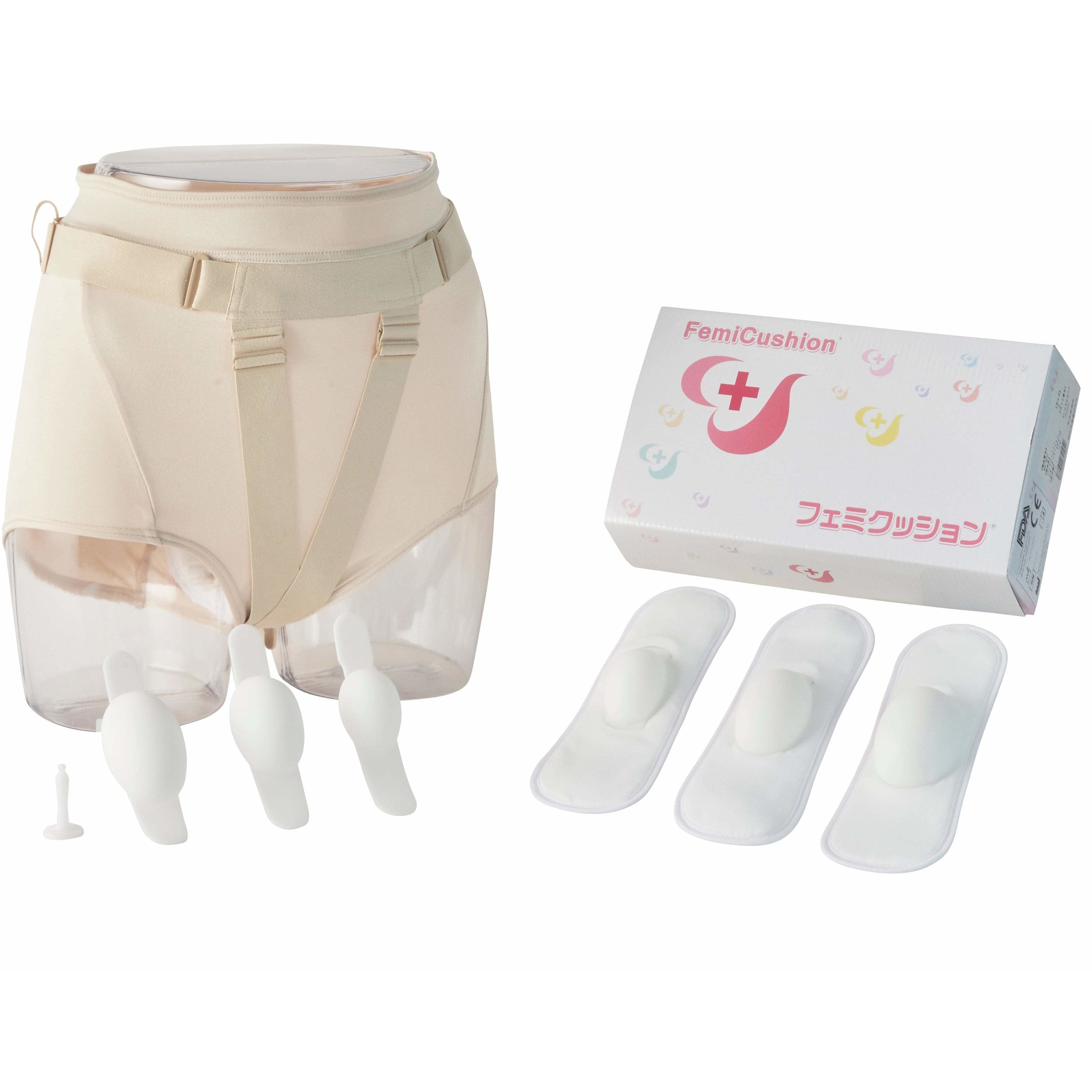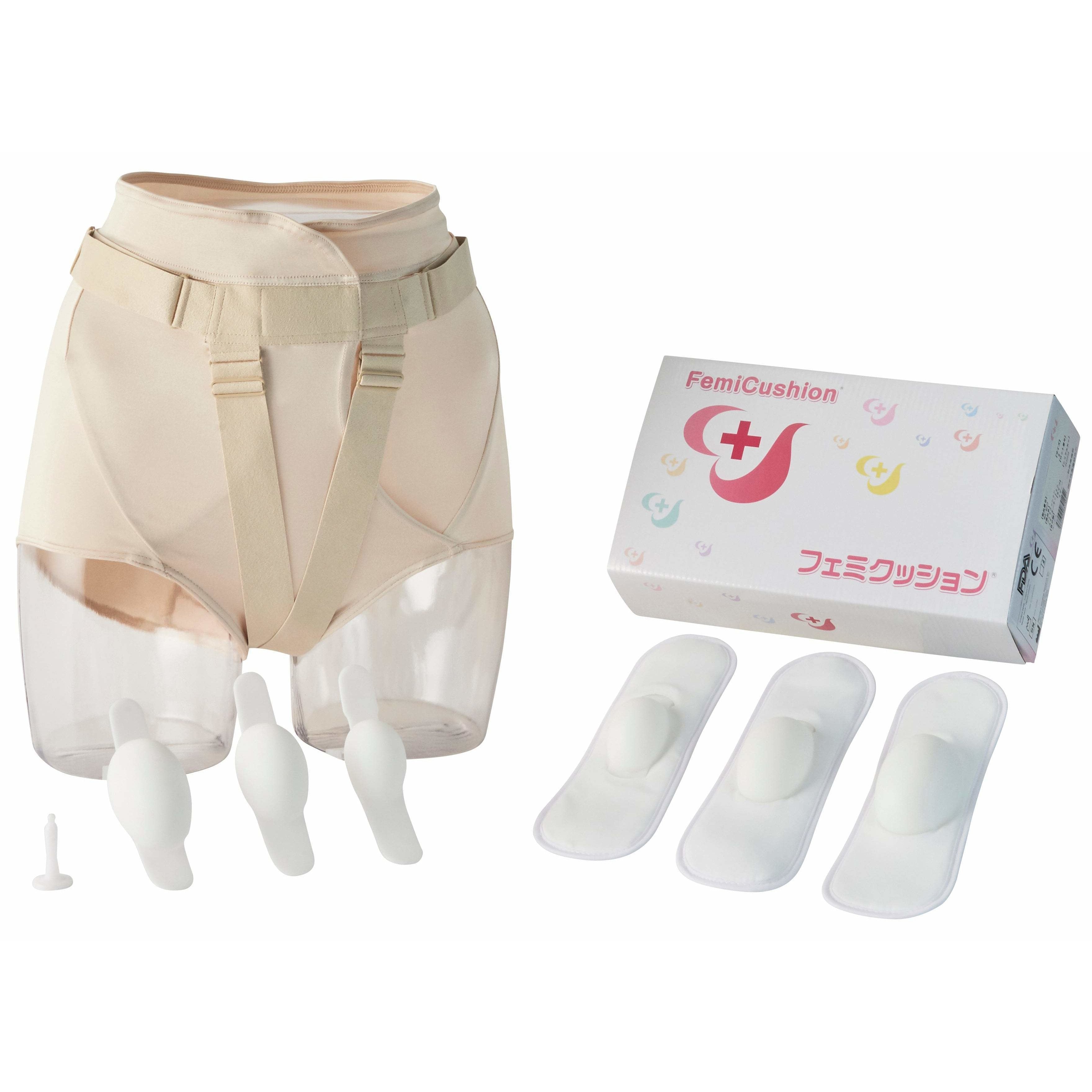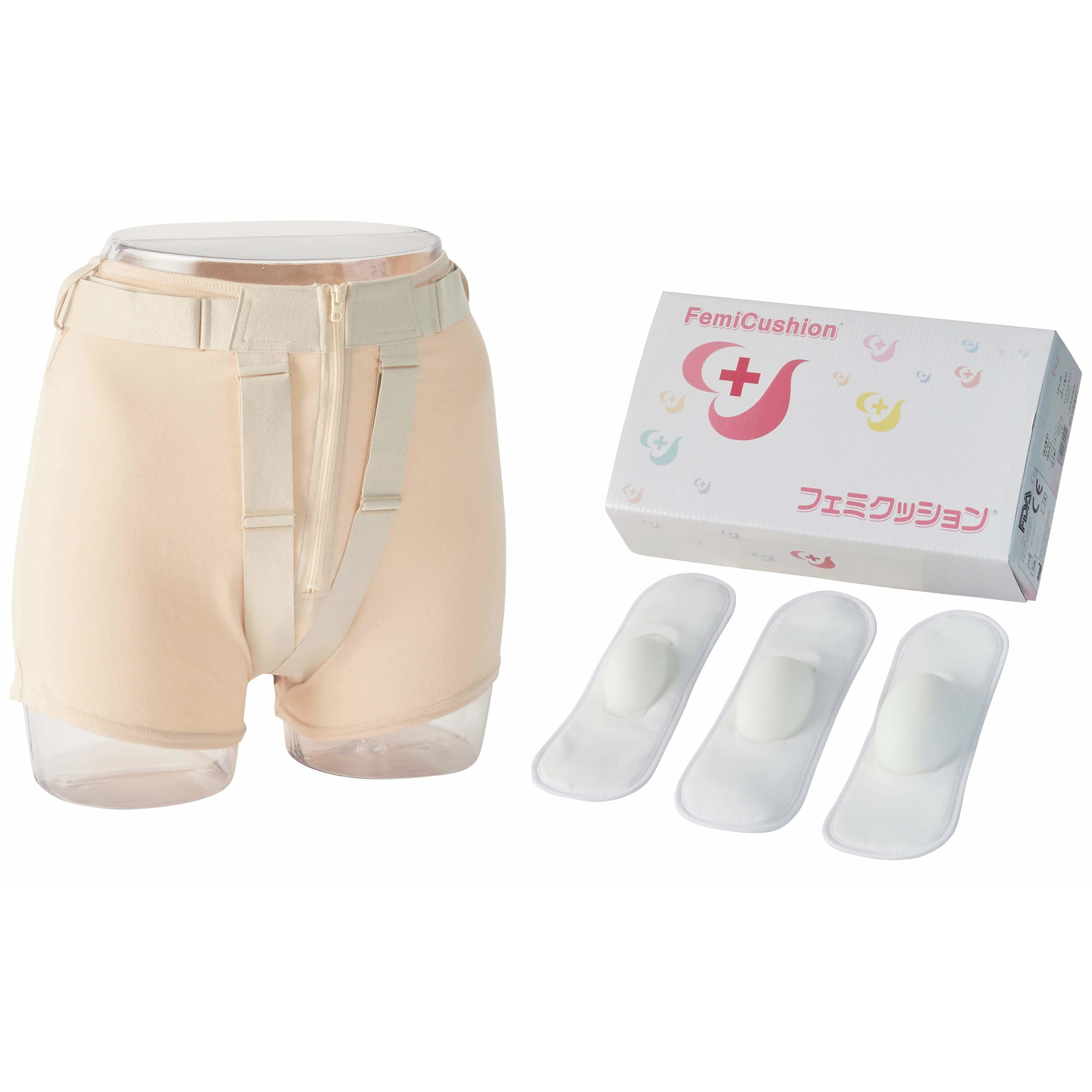How to Purchase and Use a Pessary for Pelvic Organ Prolapse
Table of Contents

Pelvic Organ Prolapse (POP) is a medical condition that affects millions of women worldwide. It occurs when the pelvic organs (the bladder, uterus, or rectum) descend from their normal positions and slip into the vaginal canal due to reduced pelvic floor support. The most common triggers are stresses like pregnancy, vaginal childbirth, aging, menopause, etc.
This condition is typically characterized by symptoms like a sensation of heaviness and fullness in the pelvic area, pelvic pain, discomfort, particularly during sexual activities. Urinary issues like incontinence, frequent urination, and incomplete bladder emptying can also result from pelvic organ prolapse. Some women with POP also experience difficulty in bowel movements.
Though a distressing condition, pelvic organ prolapse can be treated effectively using various non-surgical and surgical treatments. One of the most commonly used non-surgical POP treatments are pessaries. Pessaries are prosthetic devices that are inserted into the vagina to provide support to pelvic organs and prevent them from slipping into the vaginal canal. Pessaries can be of different types depending on their shape and function.
Types of Pessary
- Ring Pessary: It is a circular device made of soft silicone and is available in various sizes. These pessaries are inserted into the vagina and positioned around the cervix to provide support to the prolapsed organs.
- Gellhorn Pessary: These pessaries have an elongated shape with a curved end and a knob or grip for easy insertion and removal. When inserted, it rests against the posterior vaginal wall and provides additional stability for more severe cases of POP.
- Donut Pessary: These are round-shaped pessaries with a solid center that are inserted into the vagina and positioned beneath the cervix to provide support to the prolapsed organ. These are used in mild-to-moderate vaginal prolapse cases.
- Cube Pessary: These are cube-shaped devices with openings of various sizes. The appropriate opening is selected based on the degree of prolapse and inserted into the vagina.
Finding the Right Pessary
- Medical Evaluation: Your healthcare provider will evaluate your health conditions to determine if a pessary is the best treatment option. He will also consider the severity of your condition while selecting the appropriate type of pessary.
- Pessary Fitting: Once the medical evaluation confirms that a pessary is appropriate for you, your healthcare provider will select the right type and size of pessary for your specific needs. They will then carefully insert and position the pessary inside your vagina to ensure a proper fit and that it will stay inside the body.
- Follow-up Care: You will need regular follow-up visits with your healthcare provider after the pessary fitting. During these visits, they will check the pessary effectiveness, monitor your improvement, address any concerns, and make necessary adjustments to the pessary if needed.
Pessary Insertion and Removal
Generally, pessaries are inserted and removed by trained healthcare professionals. They maintain proper hygiene by washing their hands before the procedure and wearing sterile gloves. For inserting the pessary, your doctor will,
- Ask you to lie down on an examination table and position yourself with your knees bent and feet resting in stirrups.
- Use a water-based lubricant at your vaginal opening to ensure smooth insertion of the pessary and to minimize discomfort.
- Then, they will gently spread the labia with their fingers and carefully insert and position the lubricated pessary into your vagina.
- Your doctor will ask you to stand up or move around to assess the proper fit of the pessary and to make sure that the pessary does not fall out.
Pessaries generally need to be removed and replaced every 3-6 months. For removing the pessary, the doctor will,
- Ask you to lie down on the examination table and position yourself comfortably.
- Wash his hands and put on sterile gloves.
- Use his fingers to locate the edge or rim of the pessary inside your vagina and carefully pull it out.
- In some cases, vaginal washing may be required.
Your doctor will ensure that the pessary is fully removed and inspect it for any signs of wear. It is also important for the doctor to inspect if there are any damage to the vaginal wall or tissues caused by the pessary.
Pessary Cleaning and Care:
For pessaries that can be inserted and removed by the patient. Doctors recommend cleaning the pessary at least once a week. You will need to clean the pessary with mild soap and warm water after removal, rinse it thoroughly, and dry it. You would need to store the pessary in a clean, dry container between uses. If you notice any signs of damage, such as cracks or rough edges, consult your healthcare provider for a replacement.
Benefits and Risks of Pessary
Pessaries offer several benefits for the management of pelvic organ prolapse or other related conditions. Being a non-invasive treatment method, pessaries do not require incisions. They help reduce symptoms such as vaginal bulging, pressure in the lower abdomen, urinary leakage, and discomfort and improve daily activities, sexual function, and overall quality of life. In addition, pessaries can be adjusted or resized as needed, and they are reversible. However, pessaries might not be a good treatment option for severe POP cases.
Risks and Complications
The most common risks and complications reported by women using pessaries are:
- Discomfort or pain
- Vaginal irritation or discharge
- Ulceration or erosion of the vaginal tissue.
- Vaginal or urinary tract infections.
- Pessary expulsion
- Odor
When to Consult a Doctor?
After you have your pessary fitted by a healthcare provider, you might feel some pain and discomfort temporarily. However, if you experience persistent pain, discomfort, or irritation, signs of infection, such as abnormal discharge, odor, or urinary symptoms, or if the pessary gets expelled, you should consult your doctor immediately.
Alternative Treatments for POP
In addition to using pessaries, there are alternative treatment options available for managing pelvic organ prolapse.
- Kegel Exercises: Kegels are pelvic floor exercises that help strengthen the pelvic floor muscles by contracting and relaxing them. Performing Kegels regularly can help relieve the symptoms of POP and reduce the risk of recurrence.
- Lifestyle Changes: Certain lifestyle modifications like maintaining a healthy weight, quitting smoking, avoiding heavy lifting and strenuous activities, and managing chronic constipation through dietary adjustments and adequate fluid intake can help alleviate symptoms.
- Surgical Options: Your doctor may consider surgical procedures like vaginal mesh repair, uterine suspension, vaginal wall repair, or hysterectomy in severe cases of POP. These procedures help restore the normal anatomical position of the prolapsed organs and improve symptoms.
- FemiCushion: This is a medical device that provides an alternative treatment option or women who are not suitable for pessary use. It features a soft silicone cushion that is placed against the vaginal opening to provide support to any prolapsed organs and prevent them from bulging out of the body. FemiCushion is effective at relieving painful prolapse symptoms to help women return to an active lifestyle.
FemiCushion Vs. Pessary
For women who are not suitable or uncomfortable with pessary use, it is recommended to look into FemiCushion. This medical device is effective at holding the prolapsed organs inside the body and prevents them from bulging out. This in return relieves painful prolapse symptoms and allows women to live their daily lives in comfort. FemiCushion does not require a doctors prescription or hospital visit and can be used immediately. The user has complete control over this device making it an effective and convenient solution.

Conclusion
Pessaries are an effective non-surgical treatment option for pelvic organ prolapse that helps provide support to the prolapsed pelvic organs, reduce symptoms, and improve quality of life. However, not all women are suitable for pessary use. Some women are not able to keep the pessary inside their body due to previous surgical procedures like a hysterectomy or the prolapse is too severe. It is important to consider the pros and cons of pessary use with your doctor and whether if you are a suitable candidate. However, there are other non-surgical as well as surgical treatment methods available for managing pelvic organ prolapse. You should consult your doctor to explore all the treatments suitable for you.
Supervising Doctor of This Article

Koichi Nagao, MD PhD
Professor, Department of Urology, Toho University Faculty of Medicine
Director of Urinary tract reconstruction center, Toho University Omori Medical Center
Director of Reproduction Center, Toho University Omori Medical Center
Professor Nagao specializes in plastic surgery in the field of reproductive medicine. He completed eight years of plastic surgery training at Showa University before majoring in urology at Toho University. With his meticulous surgical techniques and careful examinations that combines urology and plastic surgery, Professor Nagao became a Board Certified Specialist with multiple associations including the Japanese Urological Association, the Japan Society for Reproductive Medicine, and the Japanese Society for Sexual Medicine.
The suggested Products

FemiCushion Standard Deluxe Kit
$299.99

FemiCushion EasyOpen Deluxe Kit
$299.99

FemiCushion Lite Kit
$249.99




